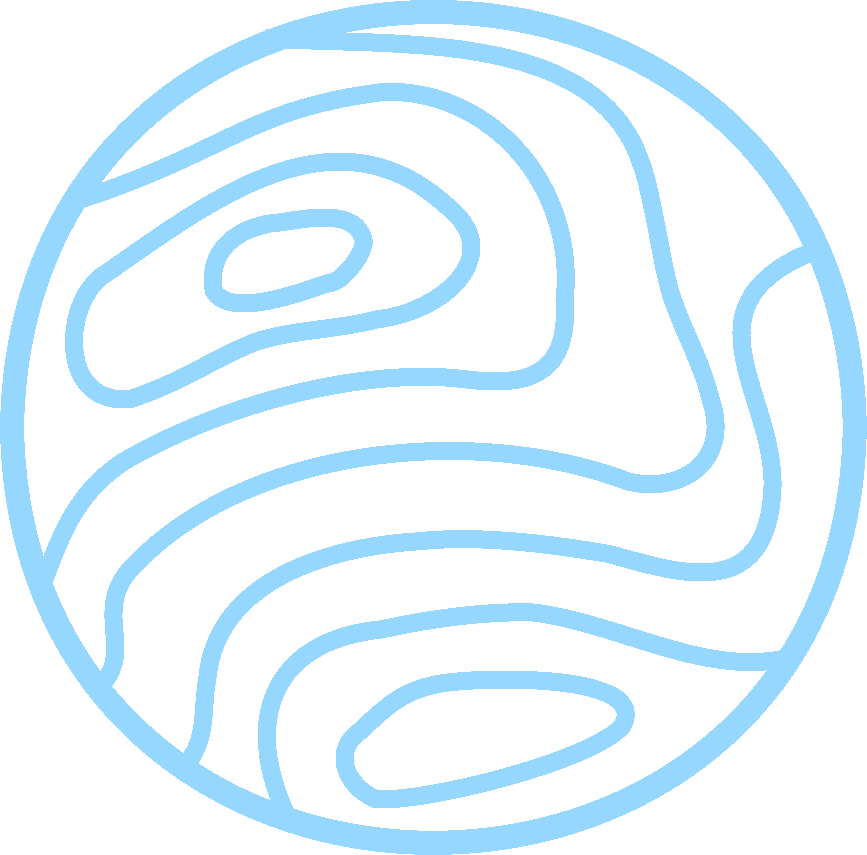What will you discover between Santa Cruz and Porto Novo?
On one single day, see mountains of salt diverting meandering rivers where dinosaurs used to hunt along its floodplains. Drink water rich in minerals deposited by seas that dried up 200 million years ago. Water warmed up at depth and brought to the surface by faults and fractures in movement since ancient times.
Discover how earthquakes generated underwater flows that carved enormous canyons on its way to abyssal plains. Discover how all these amazing features were sculpted by the elements to create this amazing coast.
-
Field trip themes
Rocks & minerals
The salt of the earth
Faults & folds
Formation of oceans
Fossils & dinosaurs
Past climate change
Geomorphology
-
Easy to moderate depending on/adjusted to the participants physical capabilities. Travel between field stops will essentially be done by car.
Participants will only be required a maximum of 10 minutes walk (less than 1 km) in each locality on easy to moderate terrain conditions.
Suitable for children and senior participants.
-
Vimeiro therms
Maceira valley
Praia de Porto Novo
Praia da Amoreira
Praia da Fisica
Praia de Santa Cruz
Praia Formosa
-
Door to door field trip transportation*
Highly qualified and specialised geological field tour guide
Digital tour guidebook and GPS locations with description (.kmz format)
Lunch, snacks and water (several options)*
Geo Logica t-shirt made in Portugal
Personal insurance*
Carbon offset*
A day full of geo memories to remember for the rest of your life
-
Prices vary depending on the number of participants and travelling comfort chosen.
Fill in the field trip form using the button below to get a quote*
More about what you will discover on this trip
-
Compare the age of our planet to a road trip. It has been already a 4500 km long journey in which mankind only came aboard 3,6 kilometres ago. Come with us to understand how old is our planet and imagine this age when comparing with the timescale of human existence. Learn the different Eons, Eras, Periods, Ages and Stages of the Earth’s history. In the process understand how Earth’s dating is done, through practical experiences to explain the main geological principles.
-
We all recognise many different types of rocks. But how can we distinguish them?
How are rocks classified? What do they mean? How were they first formed? How were they transformed throughout geological time? How can they tell us the history of our planet. Answer all these questions while experiencing how the pioneering scientists came up with the main geological concepts.
-
Everything has a beginning and an end. Oceans are no exception. Geologists call this the Wilson cycle. There are many evidences of this process called oceanization or rifting along the Portuguese Atlantic coast. Witness the 200 Million years old history of the opening of the Atlantic Ocean. Understand how the American and European plates broke apart during the fragmentation of Pangea Super-continent.
-
Observe old marine ecosystems recorded and preserved in the rocks.
Understand how old remnants of life can show us the environmental changes that occurred since these were deposited until the present day.
Recognise and witness past sea level changes, with deep water seas turning coastal areas and then into rivers.
-
When oceans and seas dry-up huge amounts of salt are deposited in a short amount of time, geologically speaking. Often this process ends up forming thick sequences of so called evaporites - i.e. halite (rock salt), gypsum, anhydrite, etc. Within time, evaporites and overlaying sediments get buried, dehydrated and consolidated with sediments getting denser than evaporites/rock salt. This density contrast results in upward movement of evaporites creating salt domes, i.e. salt-cored mountains. In Portugal there are excellent examples of salt domes.
-
Have you ever seen dinosaur bones? There are many places in Portugal where it’s possible to visit and observe the marks of these ancient giants. Here, between 252 to 66 Millions years ago dinosaurs walked along Mesozoic beaches and deltas, leaving their footprints and bones behind. Alone or in groups, hunting or simply passing-by, their marks were recorded on the sediments.
Come with us not only to learn how to recognise these fossils, but also discover how marked sediments were buried and solidified and now exposed in such weird places such as cliffs, quarries and beaches.
-
Since Jurassic (200 to 145 millions years ago) the coast line in Portugal has always been going forward and backwards to adjust to sea level changes and/or tectonic movements. Seas gave place to deltas and rivers which were constantly adjusting to subtle movements of the Earth’s crust. Some of these movements were made by the rising of large portions of salt buried beneath the surface, the so-called diapirs. Come with us observe the sedimentary record of these rivers moving and changing their courses to adjust to the rising mountains created by the diapirs.








